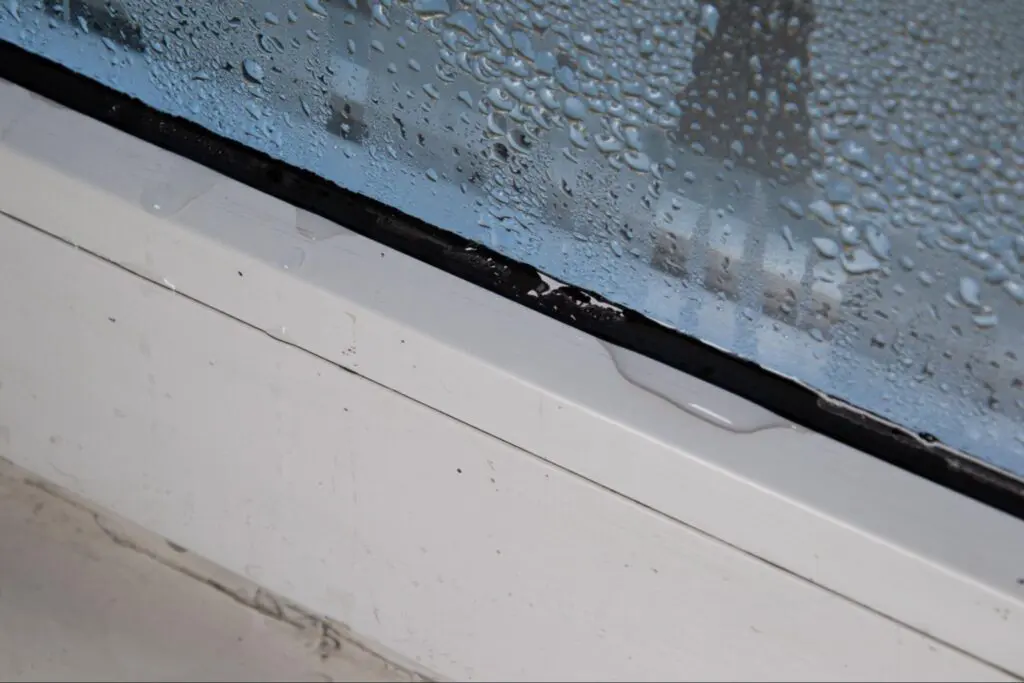Windows are crucial to a home’s efficiency, comfort, and aesthetics. They’re essential for letting in natural light and significantly impact insulation, noise reduction, and curb appeal. Among window materials, vinyl windows stand out for their durability and energy efficiency, making them a popular choice for homeowners. Upgrading old vinyl windows can bring substantial benefits, enhancing the look of your home and its energy efficiency and indoor comfort. Recognizing when your windows need replacement can help maintain a more secure, cost-effective, and visually appealing living space. Why Replacing Vinyl Windows Matter Updating your vinyl windows is more than just a cosmetic improvement; it’s an investment in your home’s overall quality. Modern vinyl windows offer advanced energy-saving and enhanced security features. They can make a striking difference in curb appeal. By replacing aging windows, homeowners can elevate their property’s comfort, improve indoor temperatures, and reduce utility bills, all while increasing the property’s market value. Key Signs It’s Time to Replace Your Vinyl Windows Your vinyl windows are more than just a view to the outside; they are critical to your home’s comfort, energy efficiency, and curb appeal. If you’re experiencing difficulty operating your windows or visible wear and tear, they may be due for replacement. Here are some clear indicators to help determine when a vinyl window may be due for replacement: Rising Energy Bills One of the first signs your vinyl windows may need replacing is an unexplained rise in energy costs. Old, worn-out windows can let heat escape in the winter and cool air slip out during the summer. As a result, your heating and cooling systems have to work harder, causing your utility bills to climb. This is especially noticeable if you’ve sealed drafts but still feel temperature differences near your windows. If your energy bills have steadily risen without an apparent reason, your vinyl windows may no longer be doing their job. Outdated or damaged windows allow drafts in, making it harder to keep your home at a comfortable temperature. You may feel drafts when standing near windows, which is a clear sign the insulation around the window has failed. New vinyl windows offer better insulation and help maintain a consistent indoor climate, lowering energy costs. Difficulty Opening and Closing Windows A key sign your vinyl windows are past their prime is if they become difficult to open or close. Windows should open and close smoothly, without any sticking or jamming. Over time, wear and tear on the frame or the mechanisms can make this process harder. Vinyl windows, while durable, aren’t immune to these issues, especially after years of use. When windows start jamming or becoming difficult to operate, it’s not just an inconvenience. It can also be a safety hazard in emergencies where you must exit quickly. Additionally, this problem indicates the seals might be wearing down, leading to poor energy efficiency. Replacing old windows ensures smooth operation and better functionality for years to come. Visible Condensation Between Window Panes If you notice fog or condensation between the glass panes of your vinyl windows, it’s likely a sign of seal failure. Windows have an insulating gas layer between the panes, which helps regulate temperature. When this seal is compromised, moisture sneaks in, leading to condensation. Unfortunately, once this happens, the window’s insulation value drops significantly. Condensation inside double-pane windows affects energy efficiency and the overall look of your home. Constant moisture trapped inside can even lead to mold growth if left unchecked. While cleaning the surface will not remove the moisture inside, replacing the window is the best way to restore proper insulation. This will eliminate foggy windows and improve your home’s energy efficiency. Fading and Discoloration of Window Frames Vinyl windows are designed to resist fading, but they can even show signs of wear after years of exposure to harsh weather and direct sunlight. Faded, discolored, or warped frames are not just cosmetic concerns. They can signal that the material has degraded, making the windowless efficient at keeping out the elements. Discoloration can also detract from your home’s curb appeal, making your property look outdated. While some homeowners attempt to repaint or restore faded vinyl, this is often a temporary fix. New vinyl windows, however, are made from advanced materials that resist UV damage and retain their color and shape longer. If your window frames are significantly faded, it might be time to replace them for practical and aesthetic reasons. Drafts and Cold Spots Near Windows Another clear sign that your vinyl windows need replacement is the presence of drafts or cold spots. You might feel a slight breeze or noticeable coldness near your windows, even if they are fully closed. This suggests the seals have failed, and the window can no longer provide adequate insulation. Drafts make your heating system work harder, increasing energy costs and creating an uncomfortable living space. In addition, cold air seeping through the window edges during winter can lead to chilly indoor temperatures. Replacing your old windows with new, well-sealed vinyl windows will improve insulation and create a more comfortable home environment. Outside Noise Becomes Noticeable Indoors Do you hear more noise from the street than you used to? Your windows might be the problem. Older vinyl windows, especially single-pane models or those with deteriorated seals, don’t effectively block outside noise, which can lead to a more disruptive and less peaceful home environment. Modern vinyl windows offer better soundproofing qualities thanks to improved materials and insulation. Installing new windows can make a noticeable difference in reducing unwanted noise from traffic, neighbors, or outdoor activities. If your home has become noisier, upgrading to windows with better sound insulation might be time. Damaged or Cracked Window Glass Cracks, chips, or visible damage to your window glass are other signs that it’s time to consider vinyl window replacement. Broken glass doesn’t just affect the appearance of your home; it also compromises energy efficiency and safety. Cracked windows are less effective at keeping the air inside, leading to drafts and higher energy…
Read More

